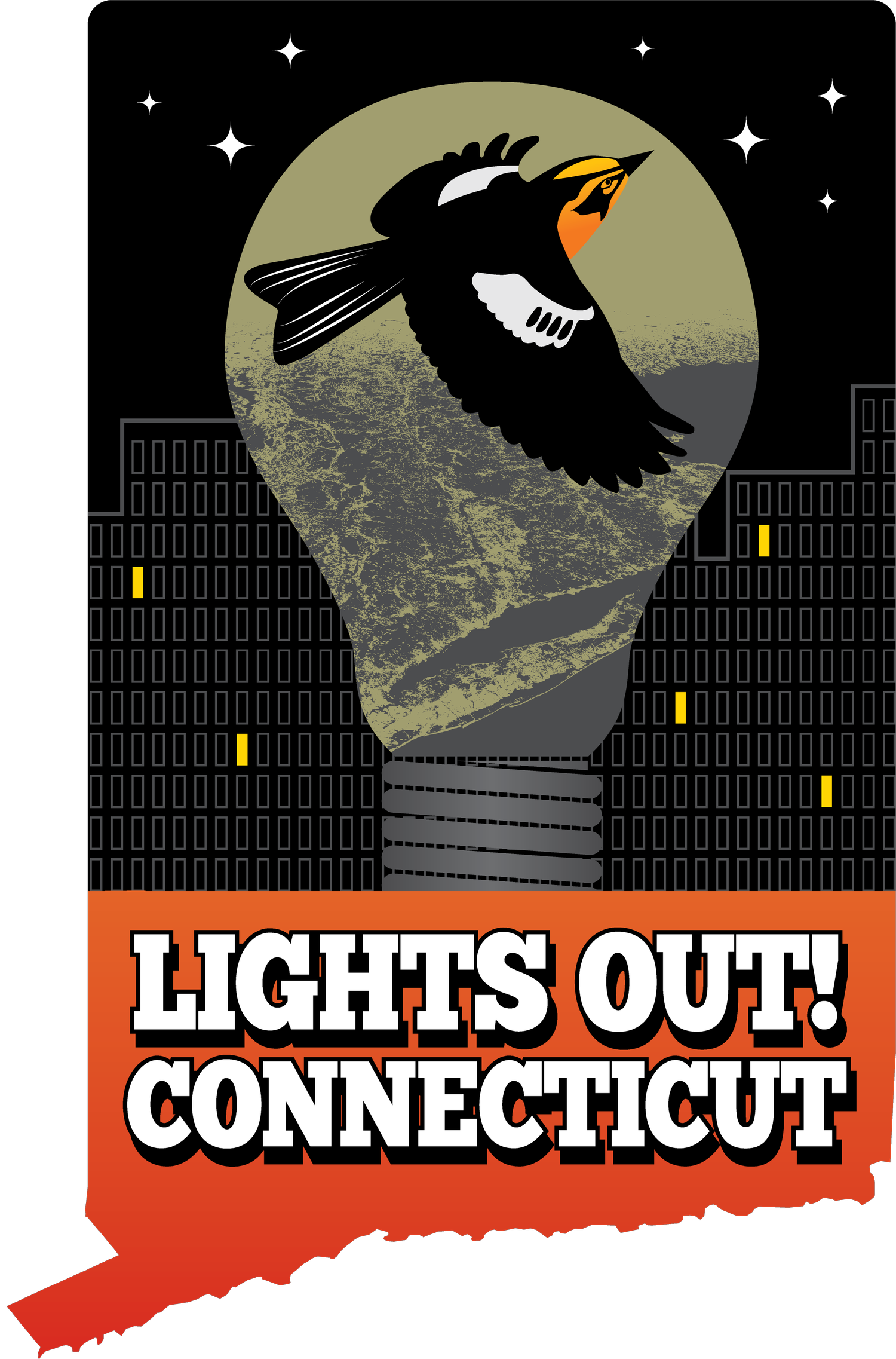
Worried about Safety?
Large amounts of nighttime lighting may make us feel safer, but it has not been proven to make us safer or reduce crime. Take a look at the research.
A 2019 study indicates that an improvement in street lighting does not always lead to a direct cause-and-effect relationship with a reduction in the number of crimes committed (Struyf P., et al. (2019) Literature study: The effects of reduced public lighting on crime, fear of crime, and road safety).
We have to distinguish real crime rates (objective category) from the fear of crime (subjective category). (See, for instance, the study conducted in collaboration with Monash University's XYX Lab and Plan International that revealed that brighter lights do not necessarily make people feel safer.
A 2015 study published in the Journal of Epidemiology and Community Health concluded that streetlights do not prevent accidents or crime, but do cost a lot of money. Researchers examined data on traffic collisions and crime in over 60 local authorities in England and Wales; lighting had no effect, whether turned off entirely, dimmed, turned off certain hours, or substituted with low-power LEDs.
The Chicago Alley Lighting Project revealed that crime rose 21 percent after alley lighting was increased in both frequency and wattage.
The Outdoor Lighting and Security: Literature Review (2008) found no link between lighting and crime—or a link too subtle to have been evident in studies undertaken to date.
Preventing Crime: What Works, What Doesn’t, What’s Promising established no link between lighting and crime. The report, prepared by the University of Maryland and presented to the US Congress, concludes: “Is street lighting an effective approach in the reduction and deterrence of crime? The answer is inconclusive . . . 20 years later, we have very little confidence that improved lighting prevents crime.”
The prevailing belief that "increasing light leads to enhanced safety" has persisted since the inception of early lighting systems (Bouman, M. J. (1991). The “Good Lamp is the Best Police” Metaphor and Ideologies of the Nineteenth-Century Urban Landscape. American Studies, 32(2), 63–78.).
Likewise, no correlation was identified between reduced artificial lighting and road traffic injuries (Perkins, C.; Steinbach, R.; Tompson, L.; Green, J.; Edwards, P. What is the effect of reduced street lighting on crime and roadtraffic injuries at night? A mixed-methods study. Public Health Res. 2015, 3, 1–108). However, it has shown that women tend to choose the car or a taxi instead of going out on foot due to fear of the darkness (fear of crime).
Inadequate road lighting is closely associated with significant factors contributing to road accidents because excessive brightness negatively affects the movement of all road users, including pedestrians and drivers (Yannis, George & Kondyli, Alexandra & Mitzalis, Nikolaos. (2013). Effect of Road Lighting Conditions on the Frequency and Severity of Road Accidents. ICE Proceedings Transport; Uttley J., Fotios S. (2017), The effect of ambient light condition on road traffic collisions involving pedestrians on pedestrian crossings, Accident Analysis and Prevention 108, pp. 189-200).
The literature also indicates that enhancements in lighting primarily result in a decrease in the fear of crime (Farrington, D.P., and Welsh, B.C. (2002) Effects of Improved Street Lighting on Crime: a Systematic Review. Home Office Research Study 251. London: Home Office Research, Development and Statistics Directorate).
Recent research on the impact of light conditions on road collisions has revealed that the risk of accidents increases significantly after nightfall when road lighting is in use, even though the volume of traffic is typically reduced during nighttime hours (Olszewski P., et al. (2015), Pedestrian fatality risk in accidents at unsignalized zebra crosswalks in Poland, Accident Analysis & Prevention, Volume 84, November 2015, pp. 83-91; Wood M. J., (2019), Nighttime driving: visual, lighting and visibility challenges, Ophthalmic and Physiological Optics, Vol. 40, issue 2, March 2020, pp. 187-201).
It was revealed that outdoor lighting factors such as light level and uniformity do not influence crime rates (S. Rea Mark, D. Bullough John et. al. (2009) Review of the Safety Benefits and Other Effects of Roadway Lighting Prepared for National Cooperative Highway Research Program Transportation Research Board of The National Academies).
Clark B.A.J. pointed out that while increased nighttime illumination may help alleviate the fear of crime, it is ineffective in preventing actual criminal incidents (B. A. J. Clark (2003) Outdoor lighting and crime: part 2).

“There is no clear scientific evidence that increased outdoor lighting deters crimes. It may make us feel safer, but has not been shown to make us safer.”
— International Dark Sky Association
